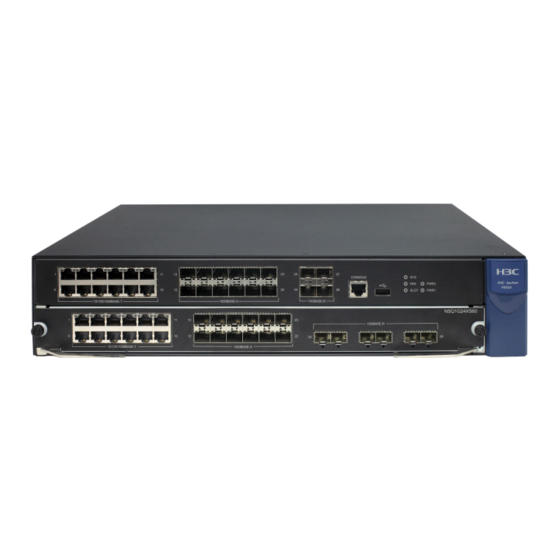
H3C F5020 Interface Configuration Manual
Firewall devices
Hide thumbs
Also See for F5020:
- Installation manual (64 pages) ,
- Manual (41 pages) ,
- Configuration manual (39 pages)
Table of Contents
Advertisement
Quick Links
Advertisement
Table of Contents












Need help?
Do you have a question about the F5020 and is the answer not in the manual?
Questions and answers